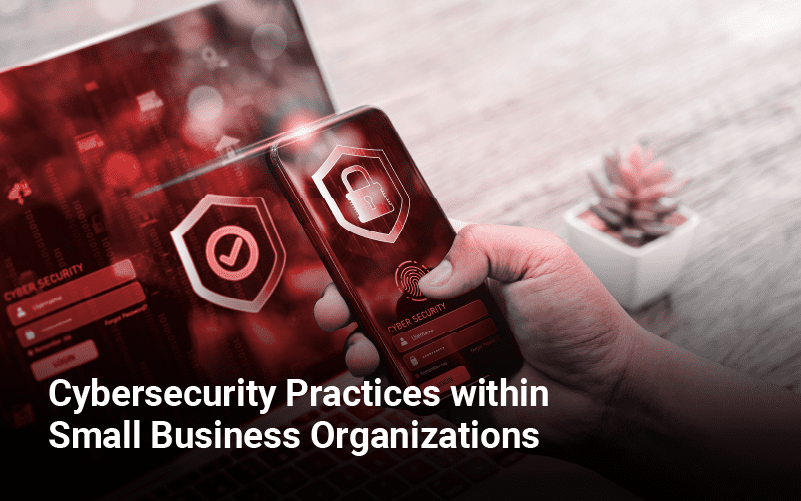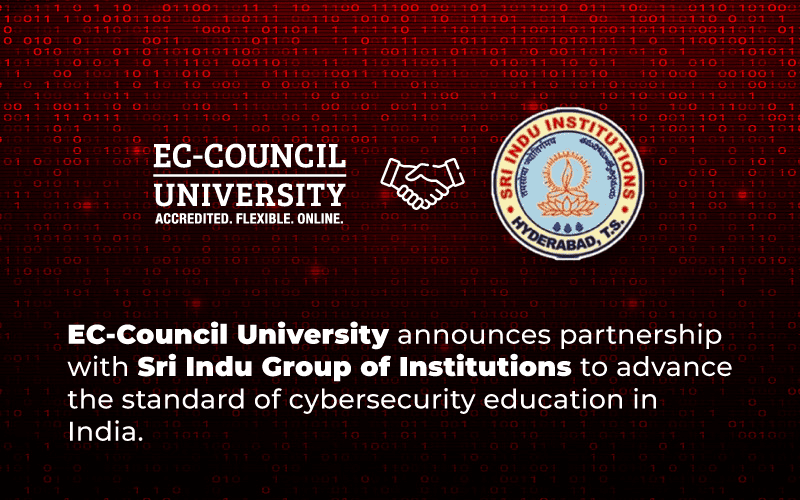Responding to cyber threats has become a high priority for organizations of all sizes, especially those in financial services. Cybersecurity is a vital element in preventing cyberattacks, as established in the good practices report published by the Financial Industry Regulatory Authority (FINRA). It is an institution that regulates the activity of brokers, dealers, and the investing public in the United States. Currently, users and employees interact more extensively with several organizations through mobile devices, opening doors for hackers and other cybercriminals. This necessitates that everyone knows about cybersecurity and its role in mitigating these risks.
This blog discusses a few information security practices that small business organizations can implement to prevent and minimize cyberattacks.
1. Establish a Security-Oriented Framework
A security culture in a small business organization is important for identifying and managing risks in a timely manner. Educating members of the organization about the importance of protecting themselves against cybercriminals and implementing policies that fit the nature of the threats the company may face is an issue that must involve the operational areas, middle management, and senior management of the organization.
2. Training
As expressed in the FINRA cybersecurity report, many cyberattacks took place in organizations because employees downloaded malware or responded to a cyberattack without being aware of the threat. For this reason, organizations need to identify effective training needs and encourage the participation of all employees of the organization so that they are prepared in case of any cyber emergency.
3. Audit Suppliers
Organizations need to carefully supervise the selection of their suppliers and, in turn, develop an awareness strategy aimed at suppliers who have access to the company’s internal networks. This is one of the best cybersecurity practices that must be implemented.
It is vital to establish contractual terms that are adjusted according to the confidentiality of the information or data and the systems to which the provider will have access. The contract should regulate the level of authority (permissions granted) that a provider has and monitor what rights the provider has within the company’s networks so that these are aligned with the organization’s established cybersecurity parameters.
4. Managing Security Protocols
Malicious software attacks can occur under any circumstance, making it a top priority to establish protocols/frameworks for the information security risk management team. The protocols must address all different actions necessary to mitigate the greatest amount of damage quickly and effectively. Among them, it is vital to know how to disconnect the network immediately in case of any emergency, make backups of all the organization’s data, and constantly scan the organization’s network for viruses and suspicious information.
5. Risk Audit Process
To avoid cyberattacks, a good practice to follow is to review, identify, and organize the security risk processes associated with the organization’s assets, suppliers, and customers. In addition, it is vital to address these risks in a timely manner through consultation with experts in protection systems and comprehensive risk management to obtain an objective overview of the organization’s status in terms of cybersecurity risk.
6. Learn
Recovering from a cyberattack can be overwhelming. Like any unfortunate incident, the organization needs to take it as a learning experience to improve its digital security protocols so it doesn’t happen again. After an attack, organizations need to be patient and allow their systems and employees to prioritize recovery before resuming business as usual or undertaking new initiatives.
Implementing an effective cybersecurity practice protocol or framework, supported by comprehensive risk management, will allow organizations to prevent or detect computer threats in time, and your company will be able to enhance its effectiveness in this connected, digitalized world. In addition to these best practices, it is necessary to have a well-established technological solution that automates and facilitates the management of risks related to information security.
About the Author
 Dr. Franklin Orellana has many years of teaching, administrative, and consulting experience. He has been teaching both graduate and undergraduate courses in business, computer science, and data science. In addition to English, he is fluent in Spanish.
Dr. Franklin Orellana has many years of teaching, administrative, and consulting experience. He has been teaching both graduate and undergraduate courses in business, computer science, and data science. In addition to English, he is fluent in Spanish.
Dr. Orellana began his academic pursuits at the Espiritu Santo University in Ecuador and graduated in 2004 with a Bachelor of Computer Science with a concentration in Business. He earned his MIT degree in Information Technology with a concentration in Internet Security at American Intercontinental University Online (AIU). Dr. Orellana returned after six years to enter the MBA program at AIU and graduated in 2015. In 2020, he completed his Doctor of Business Administration and was inducted into the National Society of Leadership and Success, Sigma Alpha Pi (NSLS).
Previous experience outside of the workplace has been playing baseball and soccer. Dr. Orellana is happily married and enjoys spending time with his family.









